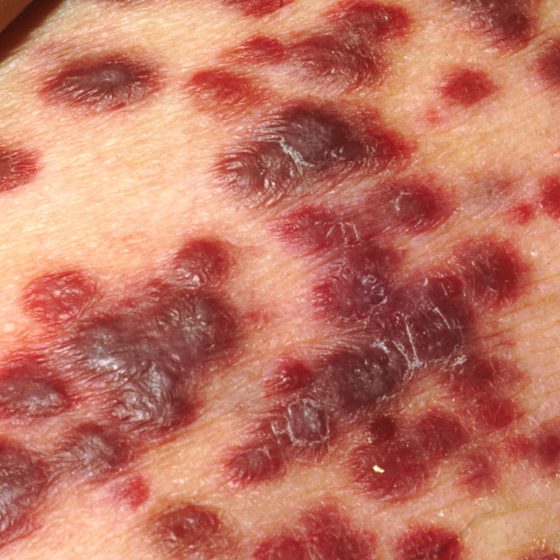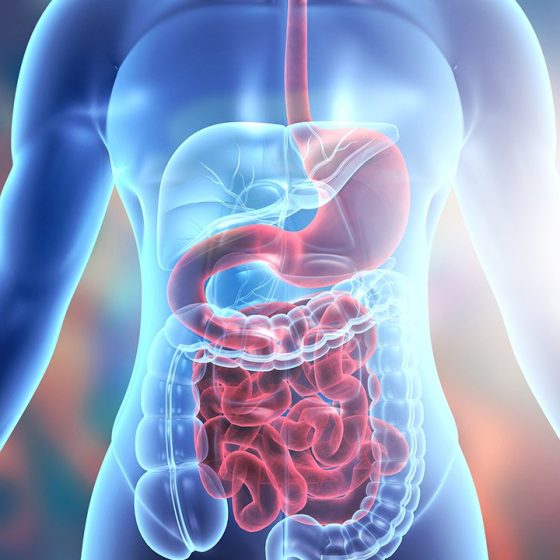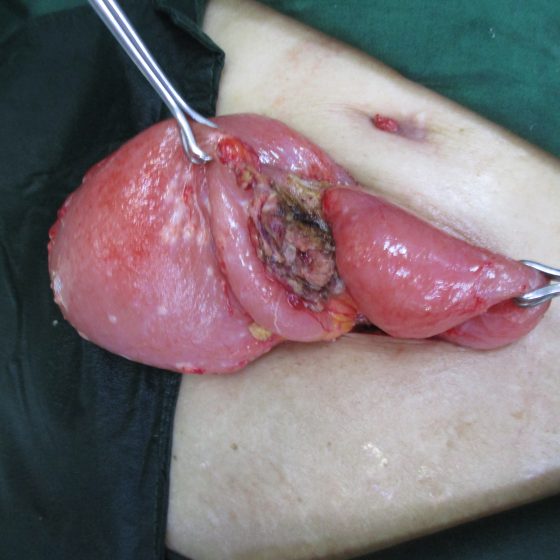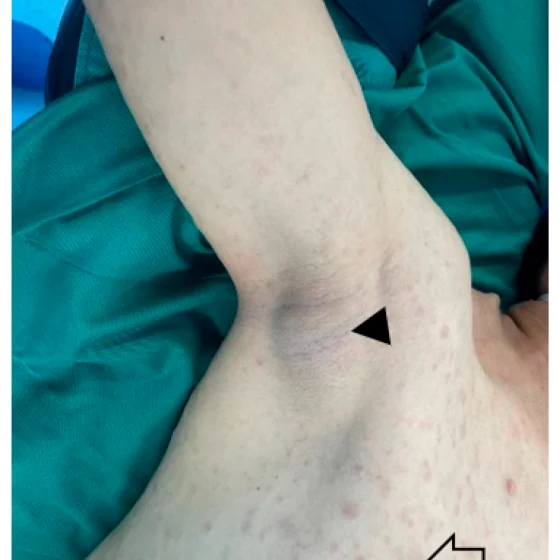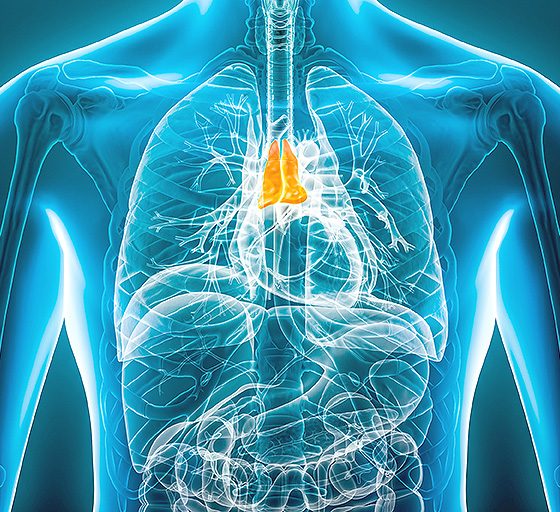Day: April 6, 2024
Kaposi’s sarcoma
Kaposi’s sarcoma (KS) is a rare type of soft tissue sarcoma. A soft tissue sarcoma is a type of cancer. What is Kaposi’s sarcoma? Kaposi’s sarcoma (KS) develops from cells called endothelial cells, which line the blood and lymph vessels. It is most commonly found on the skin, but it can also affect the inside of the body, such as the lymph nodes, lungs, bowel, liver and spleen. KS growths are also called lesions or tumours. KS develops in a different way from other types of cancer. Most cancers begin in one place in the body and may then spread to
Treatment for Large bowel and rectal neuroendocrine tumours (NETs)
The treatment you have for a large bowel or rectal neuroendocrine tumour (NET) depends on a number of factors. This includes where the cancer started, its size and whether it has spread (the stage). Surgery is the main treatment for large bowel and rectal NETs and is usually the only treatment that can cure it. Which treatment do I need? A team of doctors and other professionals discuss the best treatment and care for you. They are called a multidisciplinary team (MDT). The treatment you have depends on: where the large bowel or rectal NET started and its size whether
Linitis plastica of the stomach
Gastric linitis plastica is the medical term for a rare type of stomach (gastric) cancer. It can thicken your stomach wall and affect digestion. Treatment for linitis plastica is like treatment for other types of stomach cancers. What is linitis plastica? Linitis plastica is a type of adenocarcinoma. Adenocarcinoma is the most common form of stomach cancer. Linitis plastica spreads to the muscles of the stomach wall and makes it thicker and more rigid. This means that the stomach can’t hold as much and doesn’t stretch or move as it should when you’re digesting food. This stiff walled stomach is sometimes
Malignant peripheral nerve sheath tumor (MPNST)
Malignant peripheral nerve sheath tumours (MPNSTs) is rare. It is a type of peripheral nerve sheath tumour that is cancerous (malignant). Most peripheral nerve sheath tumours are not cancerous (benign). A tumour is a lump or growth in the body. One type of non cancerous peripheral nerve sheath tumour is called a schwannoma. What is a malignant peripheral nerve sheath tumour? Malignant peripheral nerve sheath tumours are a type of peripheral nerve sheath tumour. These cancers begin in the layer (nerve sheath) that cover the peripheral nerves. Peripheral nerves send messages between the brain and spinal cord and the rest
Mediastinal germ cell tumours
The mediastinum is the area in the centre of the chest, between the lungs. It is pronounced media-sty-num. Mediastinal germ cell tumours are a type of tumour that grow in the mediastinum. They develop in a type of cell called germ cells. There are different types of mediastinal germ cell tumours. Some mediastinal germ cell tumours are non cancerous (benign). Your treatment depends on what type of mediastinal germ cell tumour you have. Treatment options include surgery and chemotherapy. What are mediastinal germ cell tumours? Germ cell tumours develop in germ cells. These are the cells in the body that develop into
Merkel cell carcinoma (MCC)
Merkel cell carcinoma (MCC) is a rare type of skin cancer. It starts in the Merkel cells, which are usually in the top layer of the skin (the epidermis). These cells are near the nerve endings and they help us respond to touch. MCC is very rare. Just over 1,500 people were diagnosed with MCC in England between 1999 and 2008. Because Merkel cells are a type of neuroendocrine cell, MCC is also called a neuroendocrine tumour (NET) of the skin. Risks and causes of MCC There are some factors that increase your risk of developing Merkel cell carcinoma (MCC).
Treatments for neuroblastoma
Doctors plan your child’s treatment in one of the major children’s cancer centres. Your child has most of their treatment in this specialist centre. They might have some care at a hospital closer to home. Children’s cancer centres have teams of specialists who know about neuroblastoma and the best way to treat them. The main treatments include: surgery chemotherapy radiotherapy immunotherapy Decisions about treatment The specialist team plan treatment based on several factors, including your child’s age. Your child’s treatment depends on their risk group. A pathologist looks at the neuroblastoma cells under a microscope. This along with the scans and other


